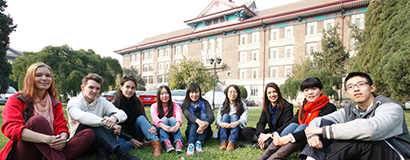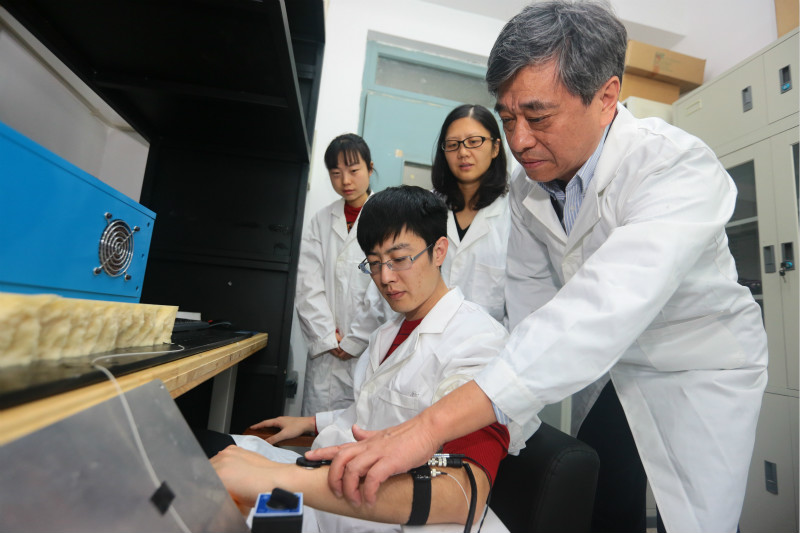
Founded in 1895 as Peiyang University, Tianjin University is the oldest institute of higher education in China, and pioneered the development of modern Chinese education.



Founded in 1895 as Peiyang University, Tianjin University is the oldest institute of higher education in China, and pioneered the development of modern Chinese education.

Tianjin University adheres to the mission of training high caliber talents with innovative abilities, and has had considerable success in the training of high-level specialists in various fields.

Tianjin University constantly refines and optimizes the structure of academic disciplines, and has set up 61 undergraduate programs, 35 master degree programs, and 27 doctoral degree programs.

A rich campus life awaits all those who come to Tianjin University. An integral part of our mission to train talented graduates is providing a fertile environment for students to develope their social, cultural, sporting and artistic lives.


Recently, the team of Professor Xu Kexin of Tianjin University has made new progress in the development of non-invasive blood glucose measuring instruments by using optical technology to achieve non-invasive, rapid and continuous monitoring of human blood glucose levels.
The commonly used method to test blood glucose is invasive in that diabetic patients need use pin-pricking to take a drop of blood onto the test paper to get the result. It is painful and susceptible to infection. Generally, after the human consumes food, the blood glucose level will reach the peak in about 1 hour, and return to the normal level after 2 to 3 hours. During this period, changes in blood glucose can cause changes in light absorption and scattering of the skin. These optical signals can be recorded and reflect the blood glucose level of the human. This measuring method has been widely verified by global scholars.
Since the 1980s, plenty of research institutions around the world have been paid great attention to this research of the instrument, but there are no successful test instruments developed up to now. The development on this instrument is a rather challenging task, since it should integrate multi-science and engineering knowledge, like optical spectroscopy, medical science and measuring techniques, etc. It not only needs to develop high level equipment, but also requires solving the special concern for in vivo human test such as stabilizing human-machine interface, reducing the disturbance caused by skin condition random varying, calibrating individual differences, and so on.
Professor Xu Kexin and his team have been focused on this field of non-invasive blood glucose measurement research for nearly 20 years. The team has accumulated sufficient experiences in the areas of theory of near-infrared spectroscopy, in vivo measuring techniques and high signal-to-noise ratio instrument making.
Especially, in the term of in vivo human measuring, Professor Xu and his team creatively proposed a new technology based on the special light source-detector separations (SDSs), including float reference SDSs and scattering-independent SDSs etc. These new technologies could effectively reduce the disturbance from in vivo human test and skin difference between individuals. They designed multi-rings receiving light device to perform a differential measurement, so as to reduce the influence of body temperature changes, skin sweating, and human-machine interface changes. These approaches have greatly improved measurement accuracy for their experiments. Their technologies have been granted two US patents in the years of 2017 and 2018 (identical Chinese patents have been granted as well). The relevant research results are published in Biomedical Optical Letters of November 2018. These new technologies of measurement would forward the non-invasive blood glucose instrument development into future clinic application.
At present, the instrument developed by the team has successfully carried out the continuously monitoring blood glucose within 2-3 hours after eating food. The detection error level during the 2~3 hours test is about 0.5-1 mmol/L. Furthermore, they are expected to develop a novel wrist wearable device to realize the real non-invasive, rapid and continuous blood glucose monitoring.